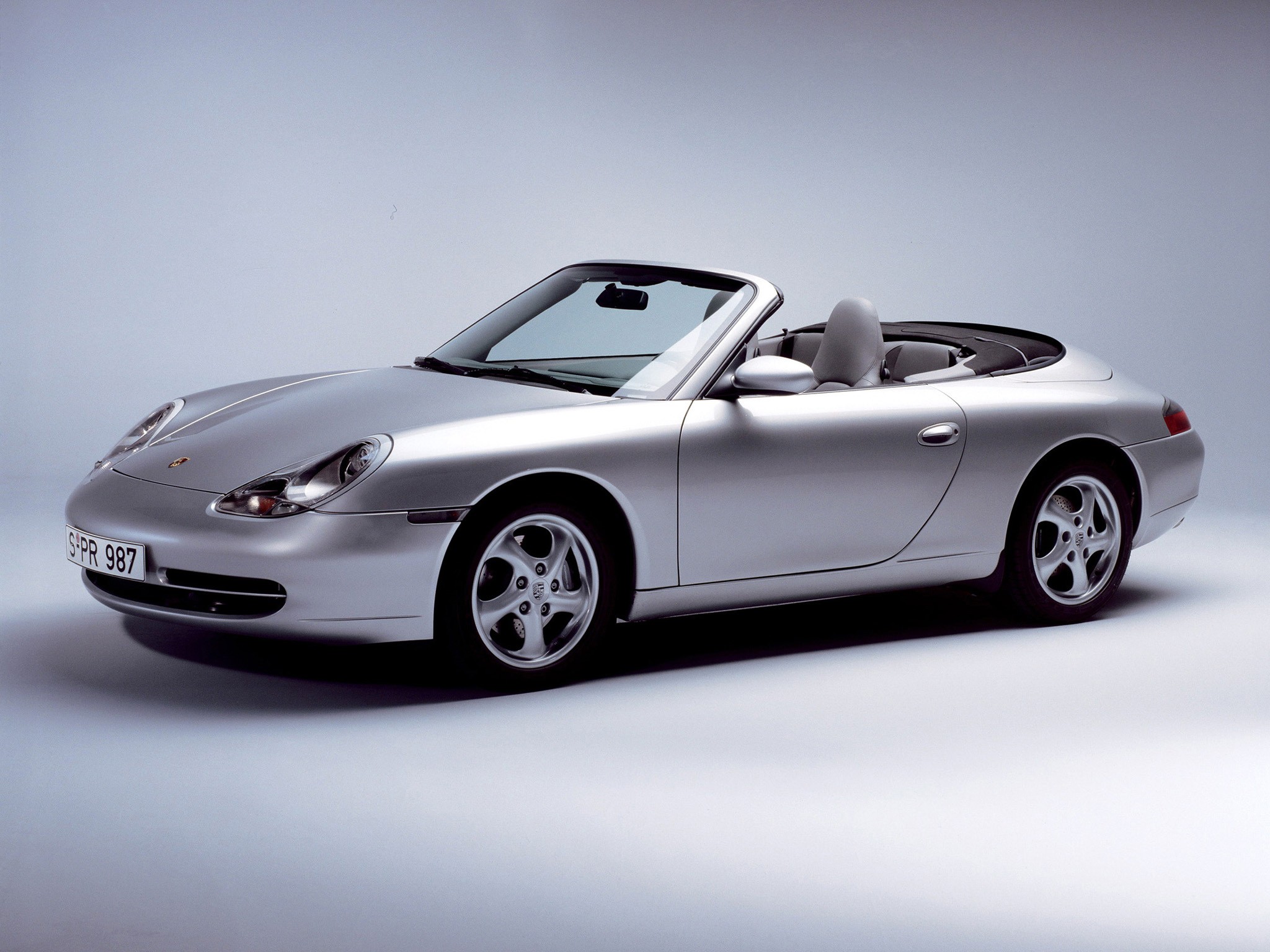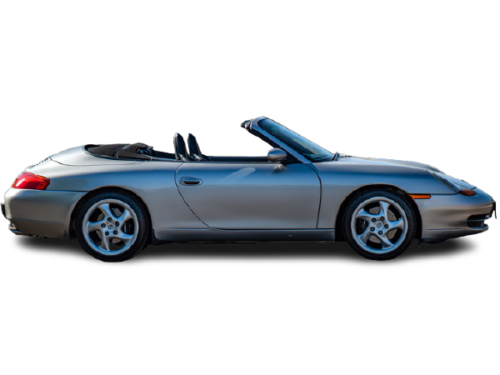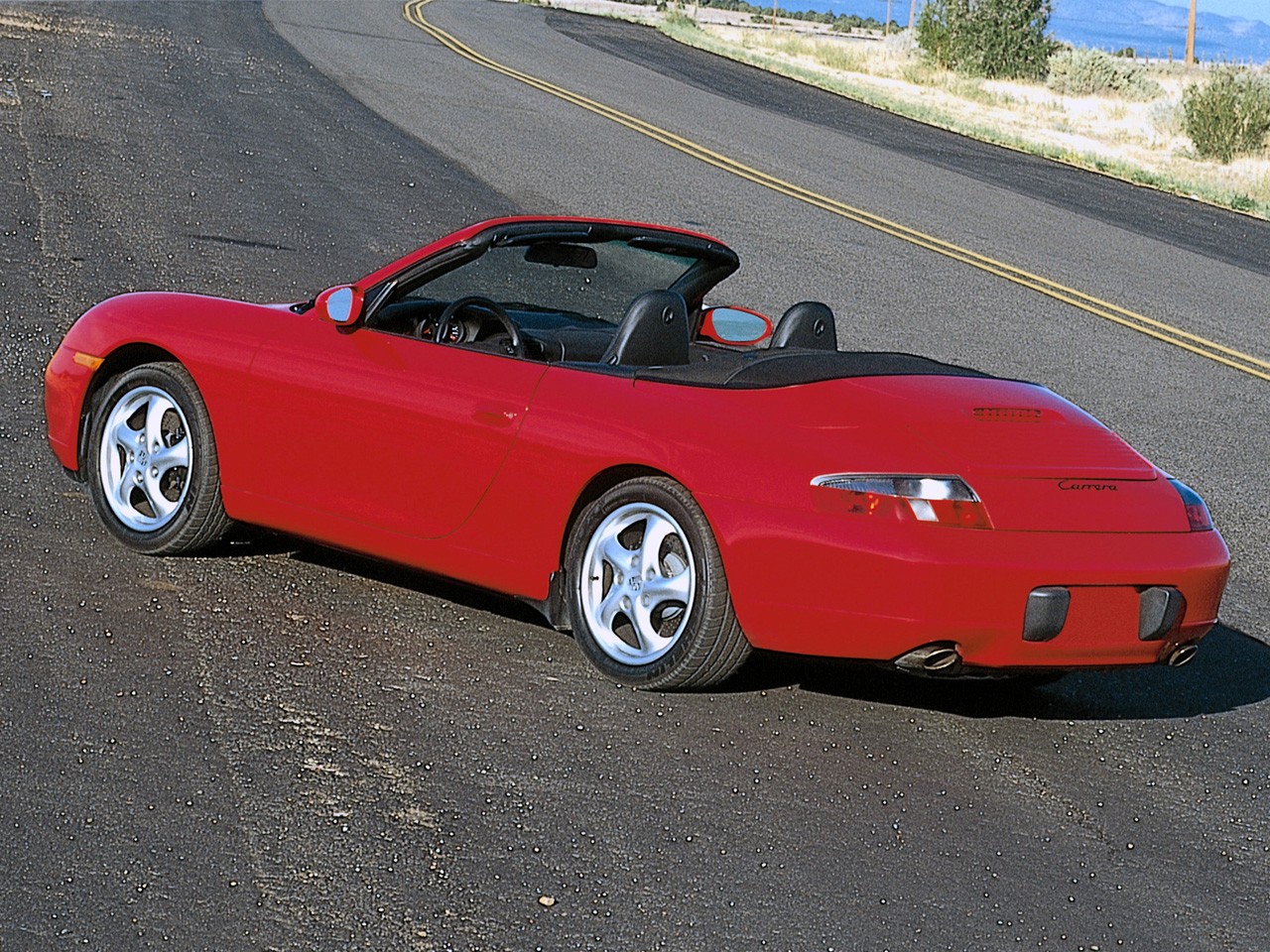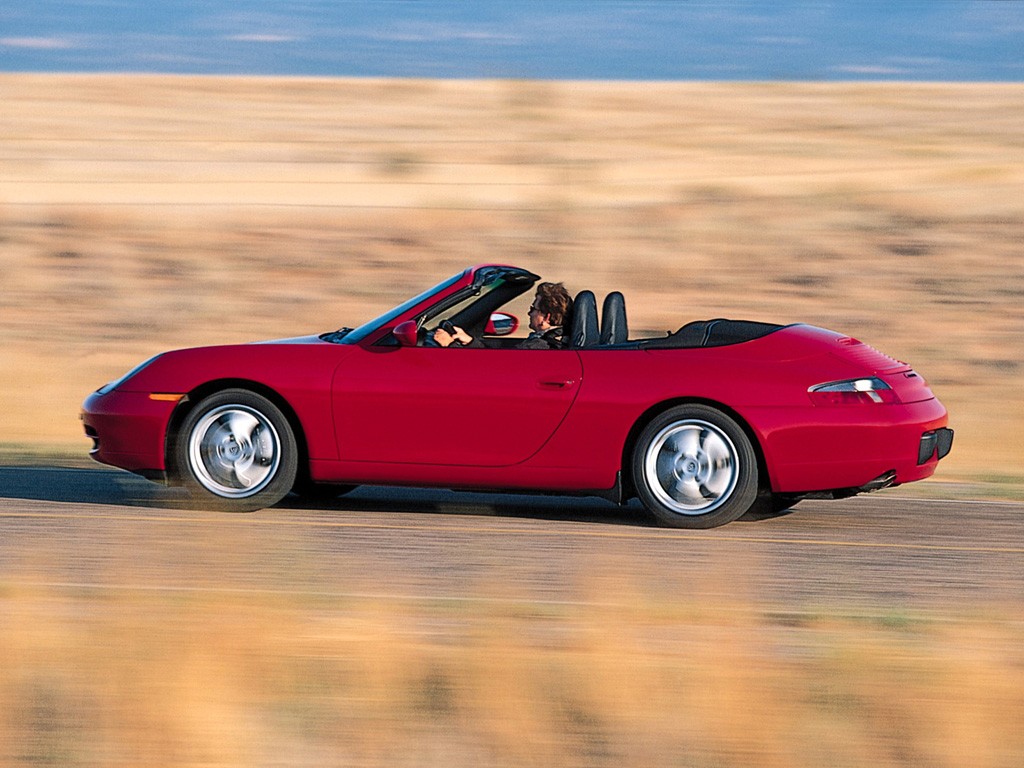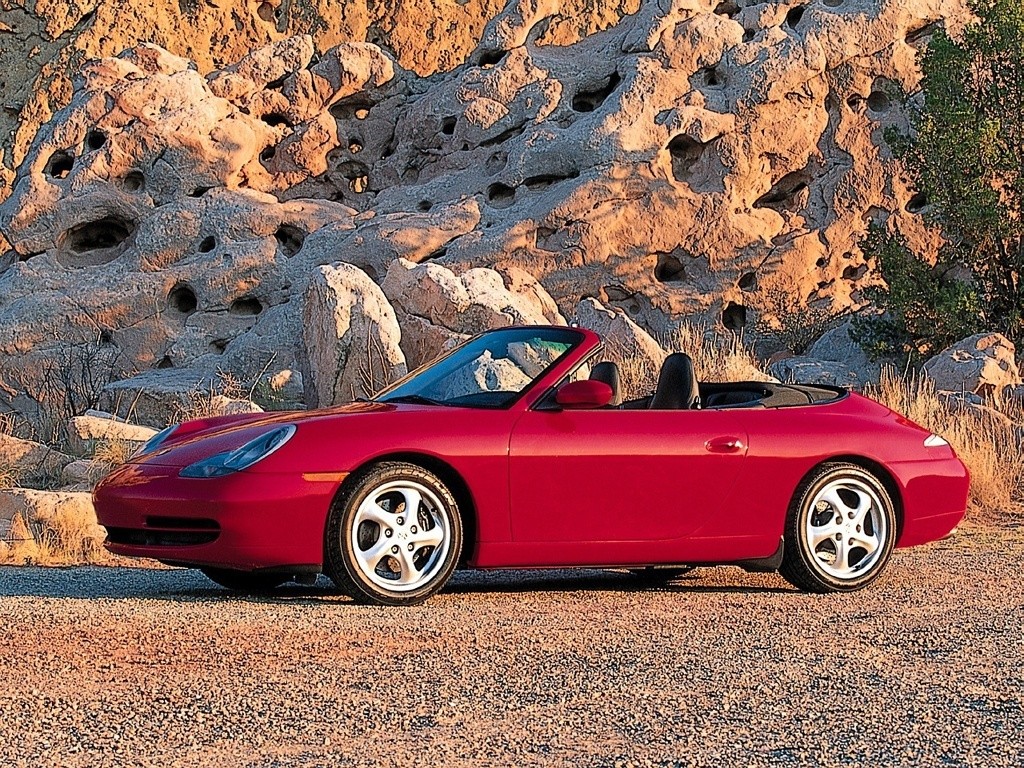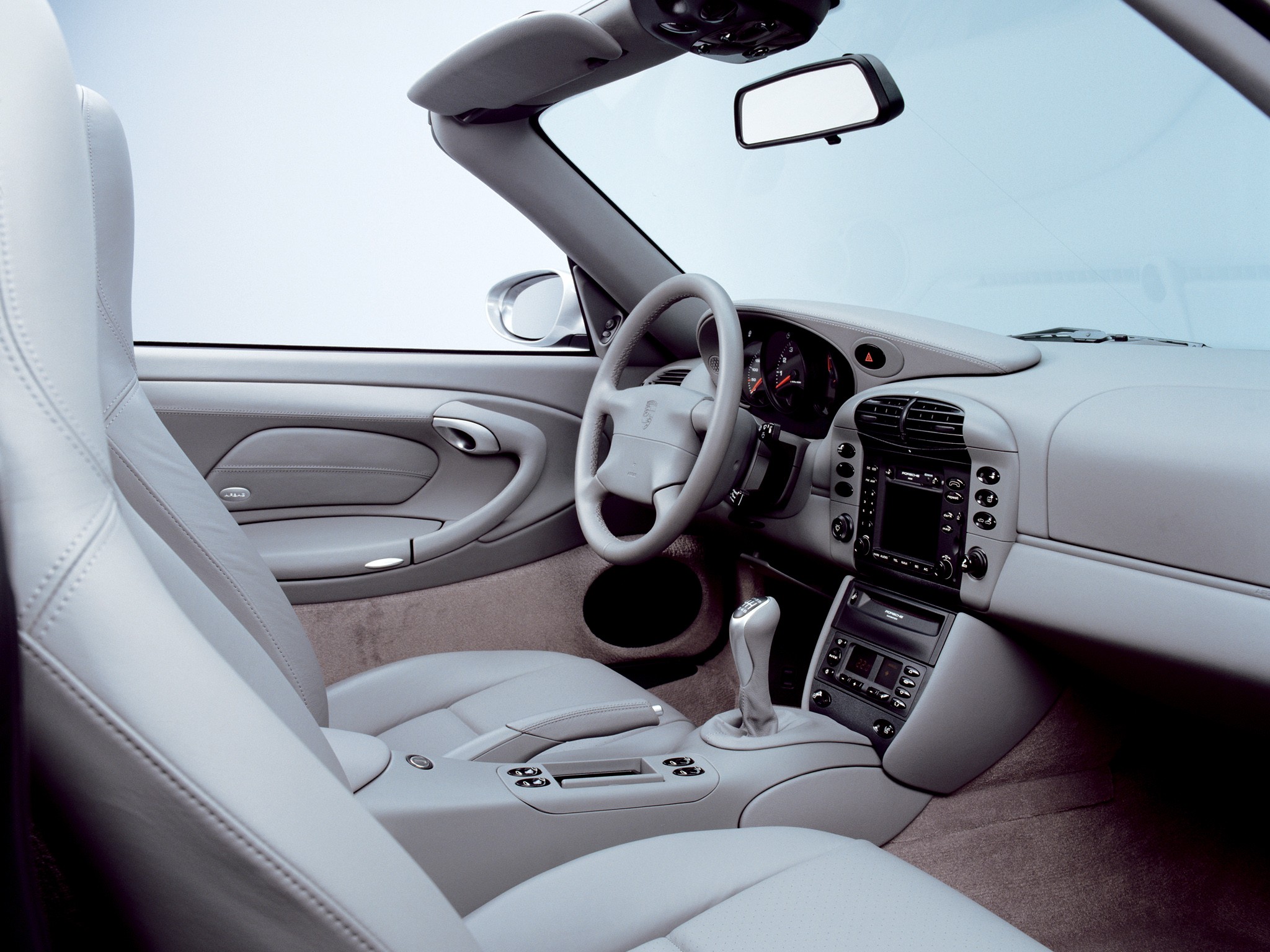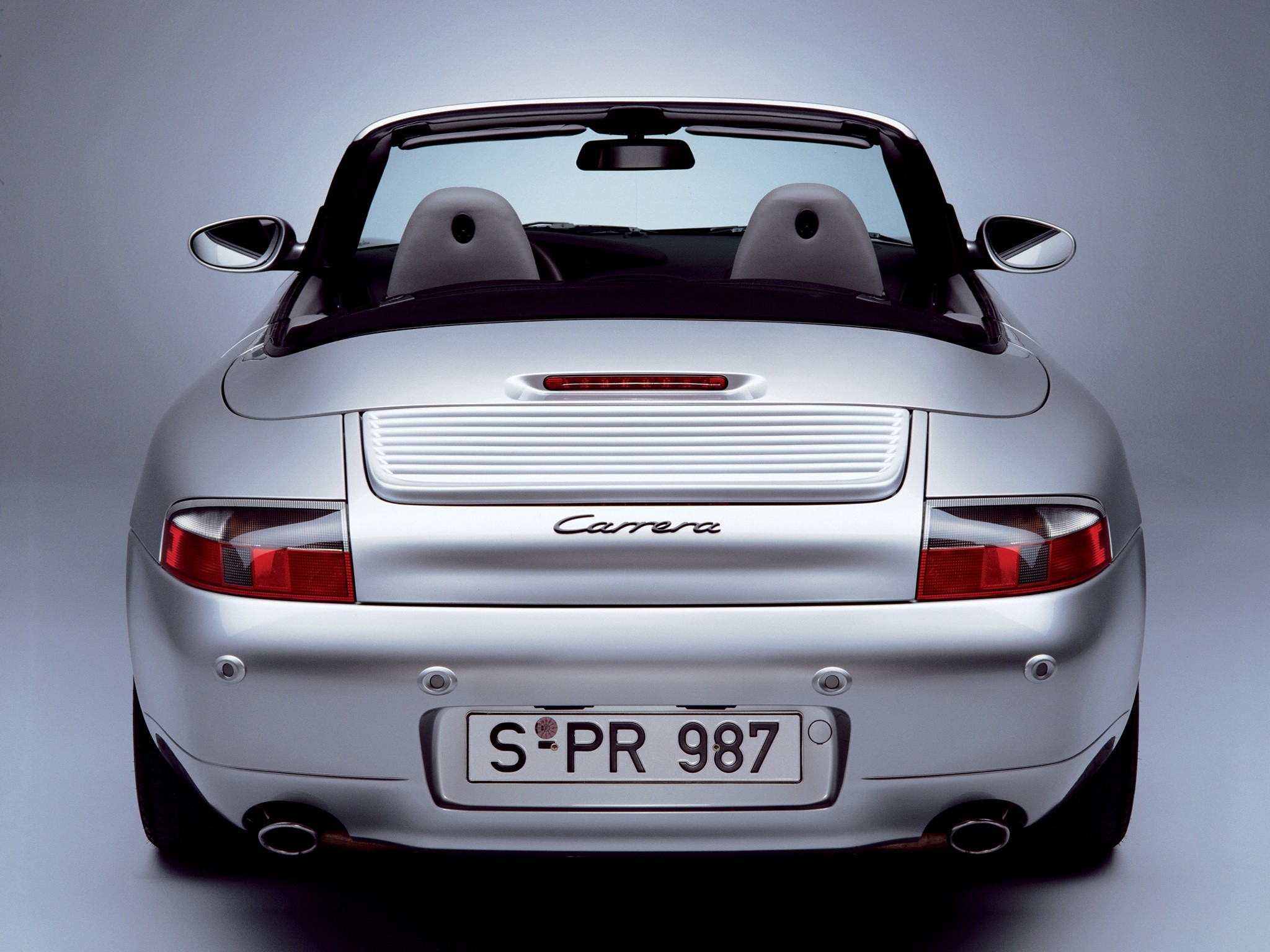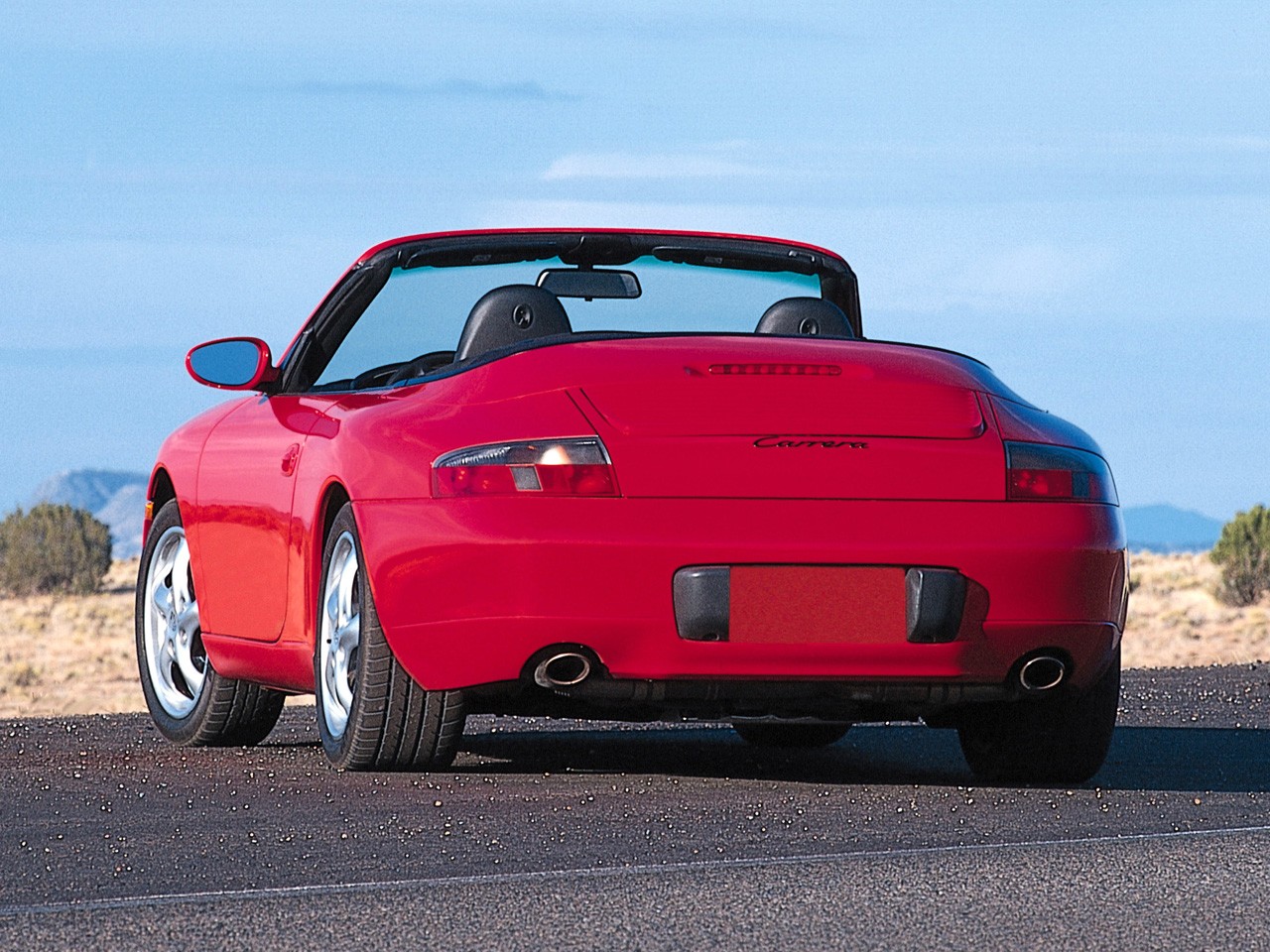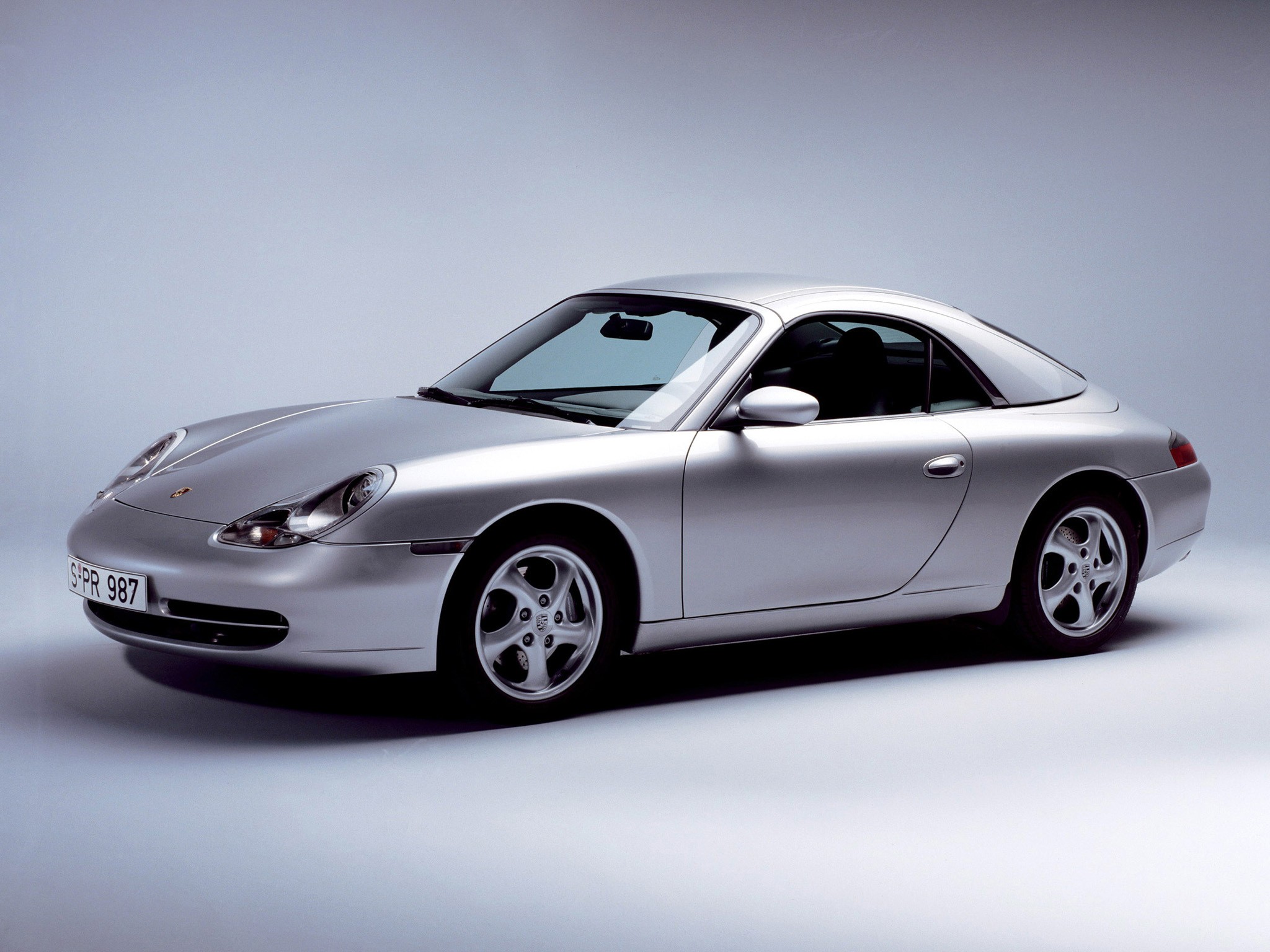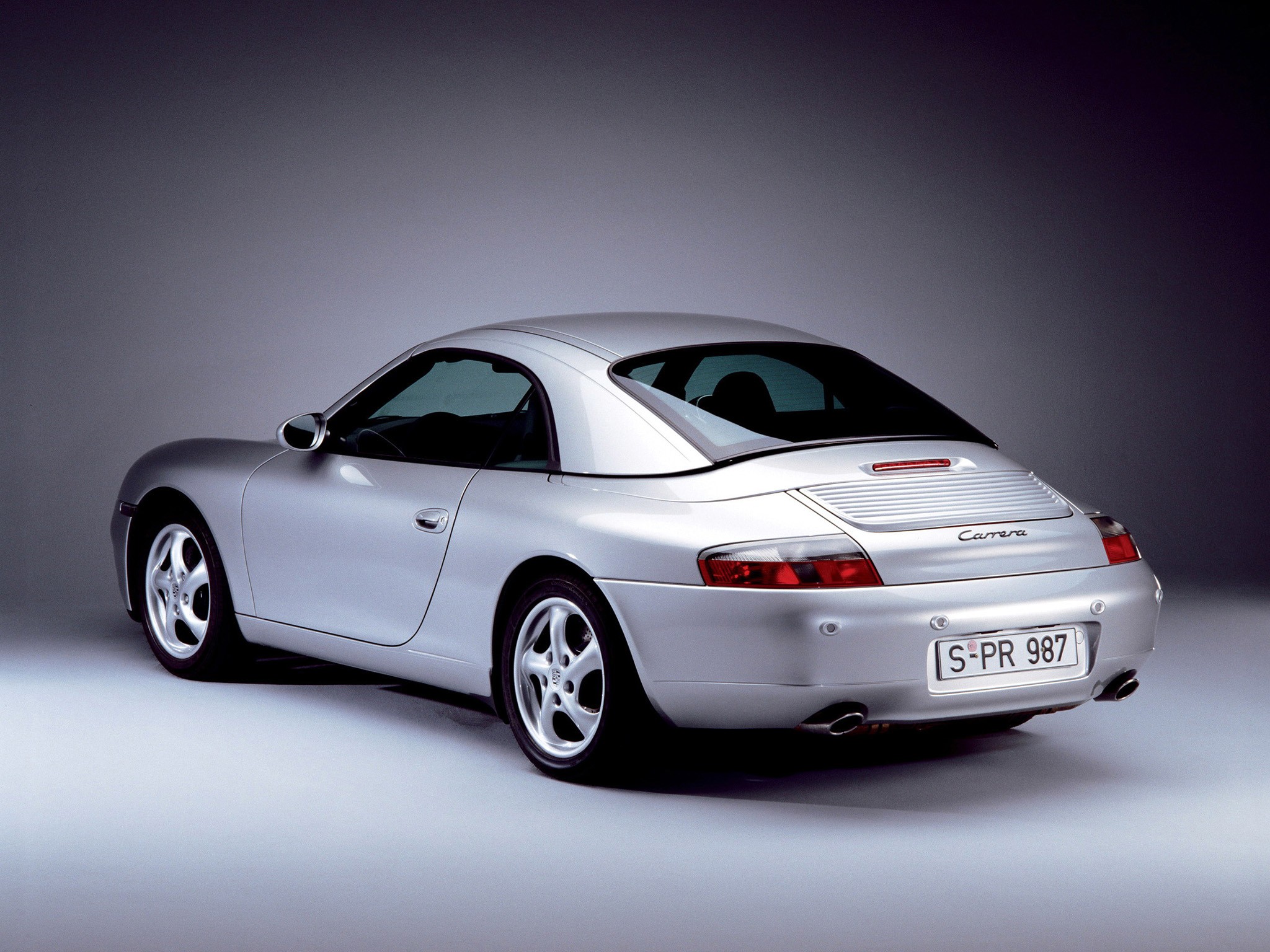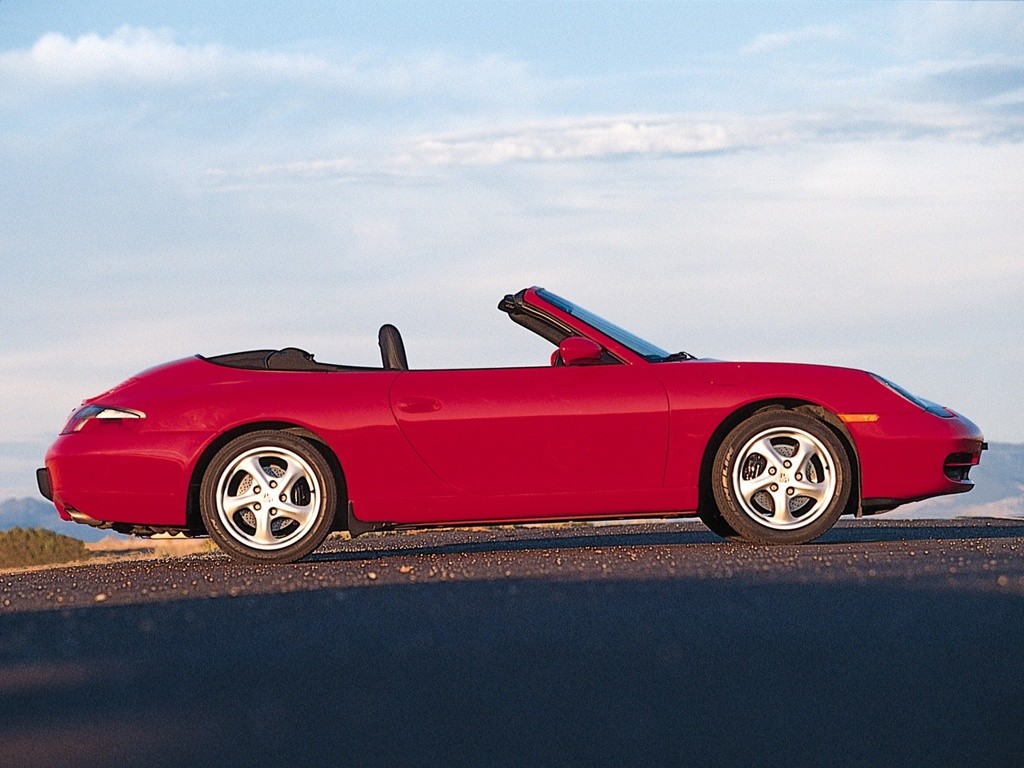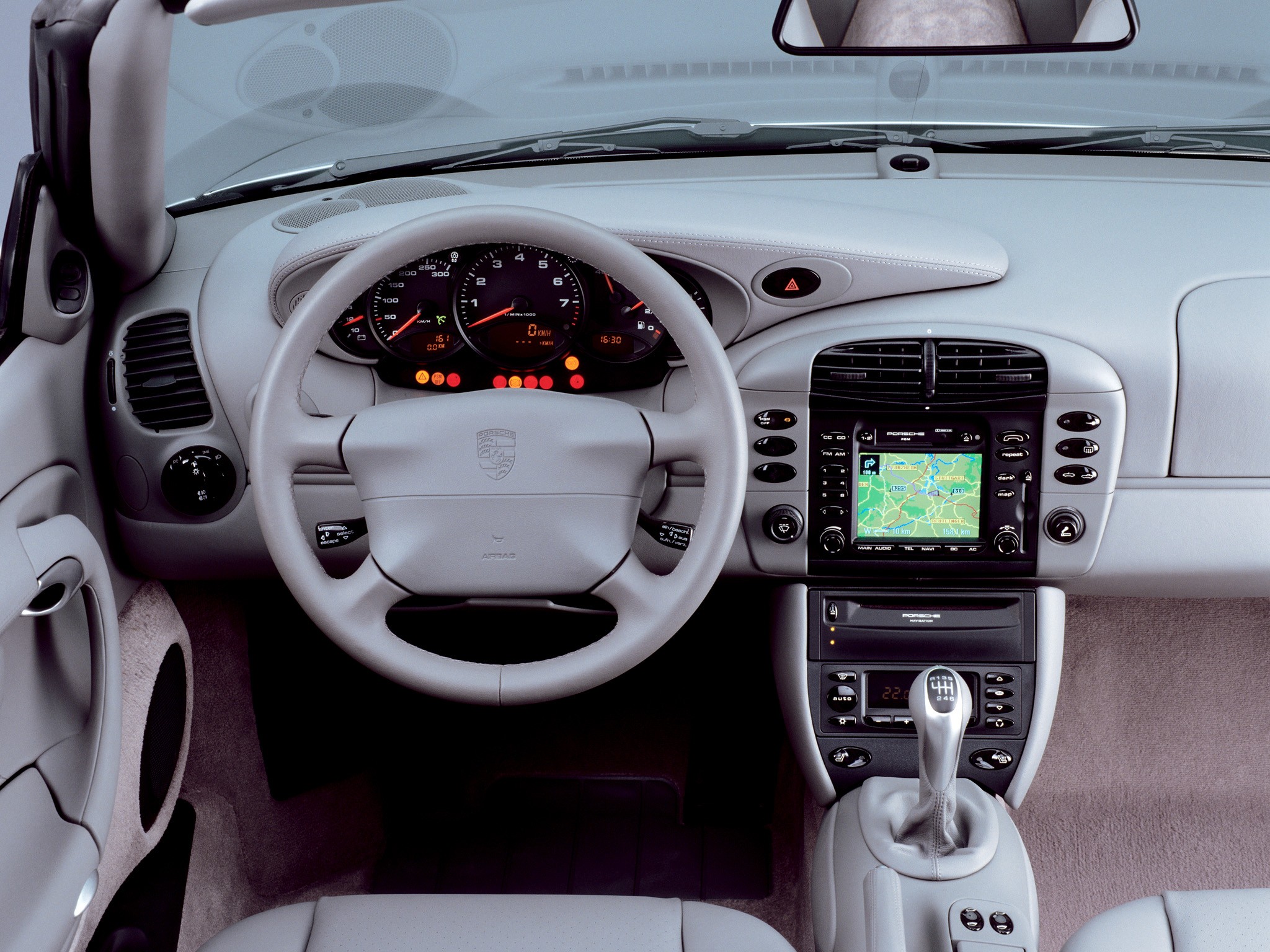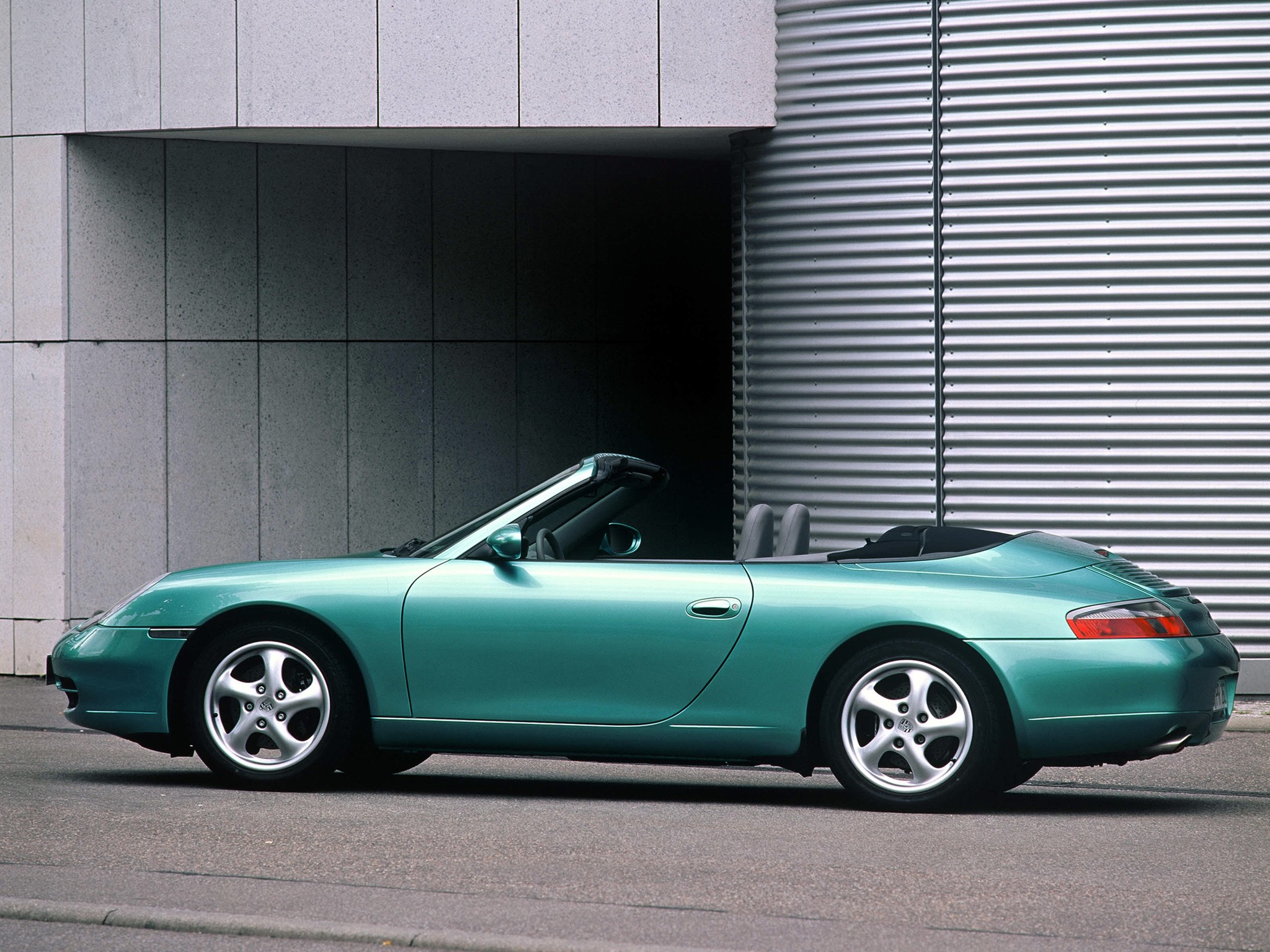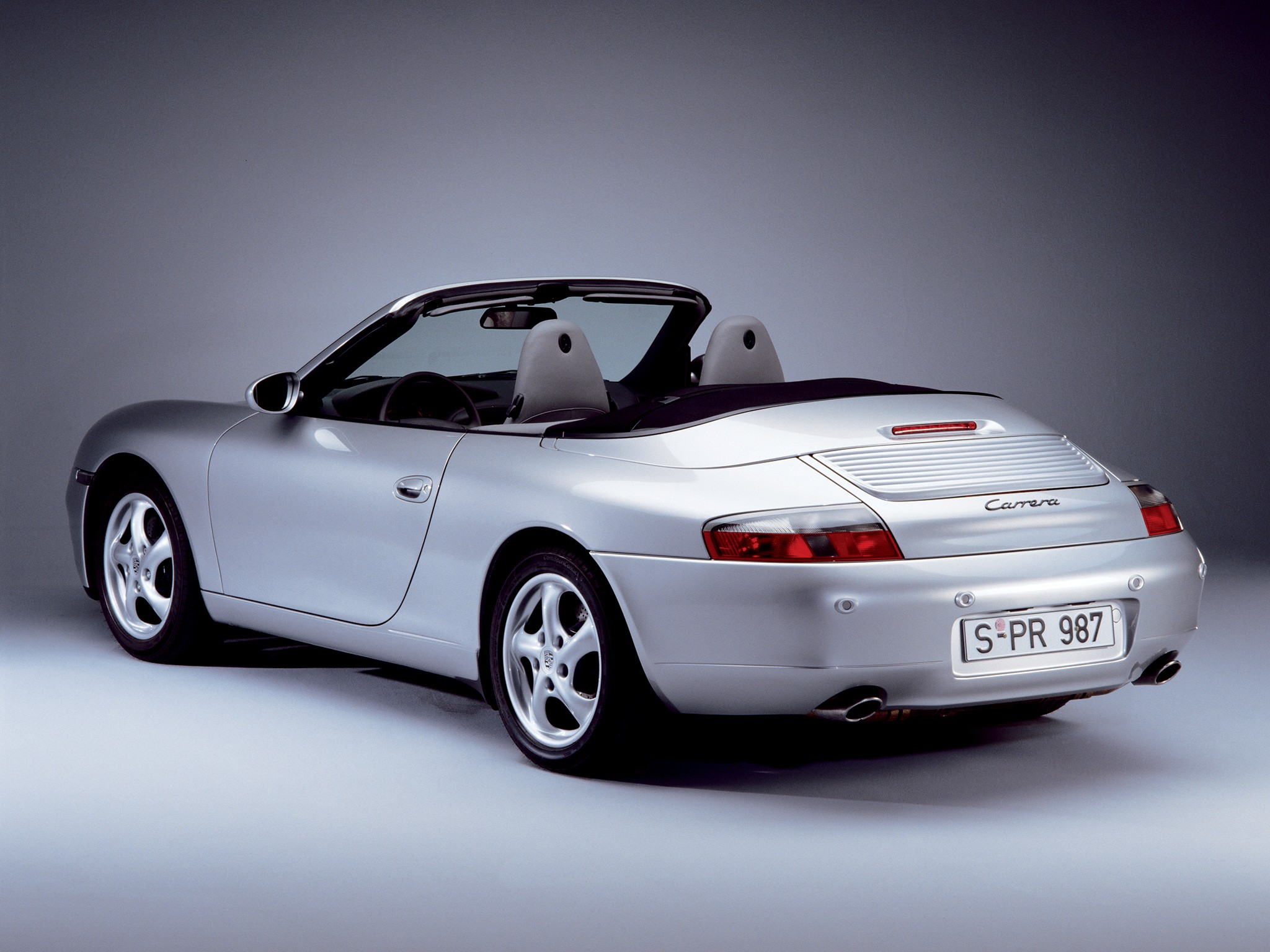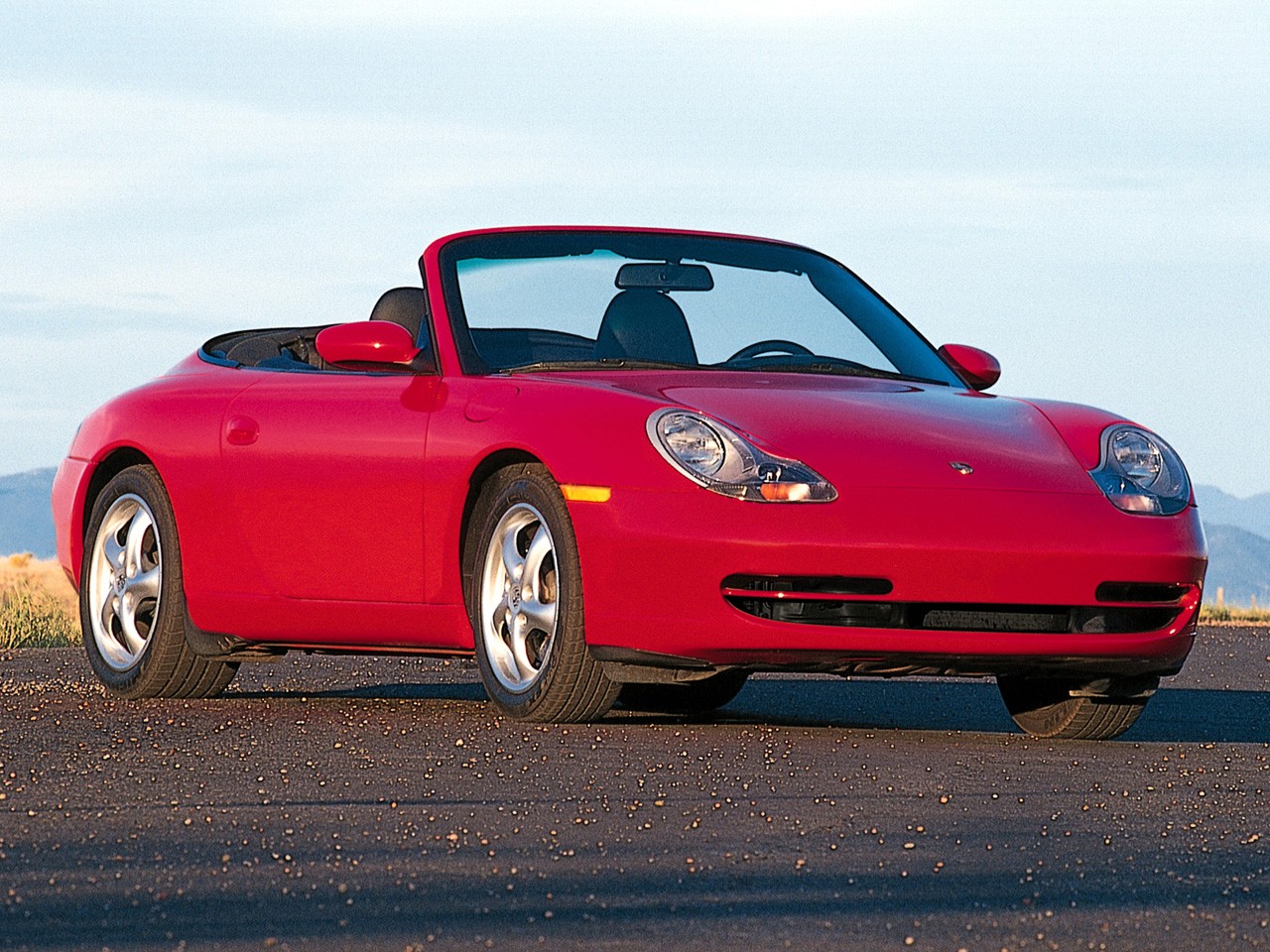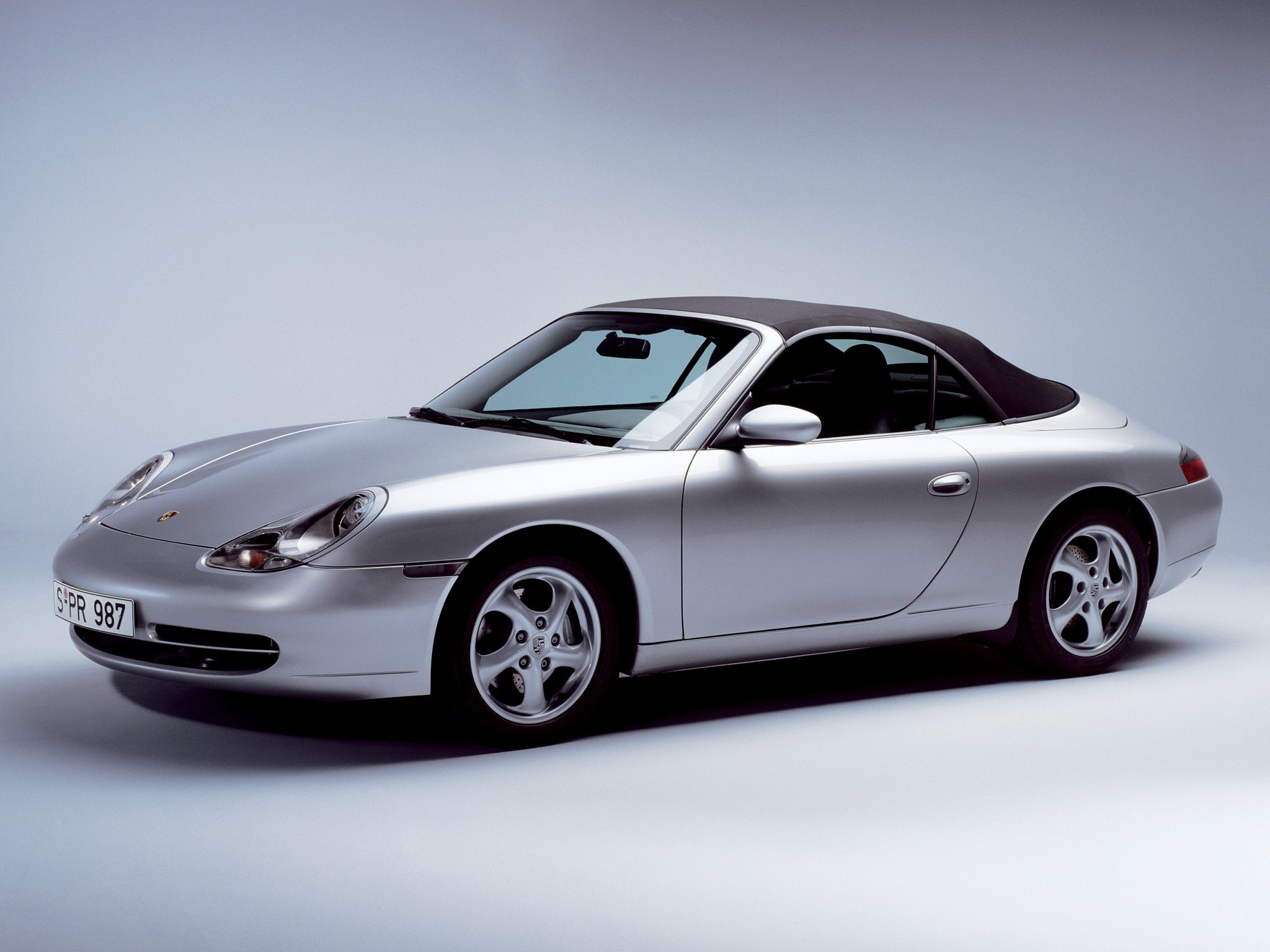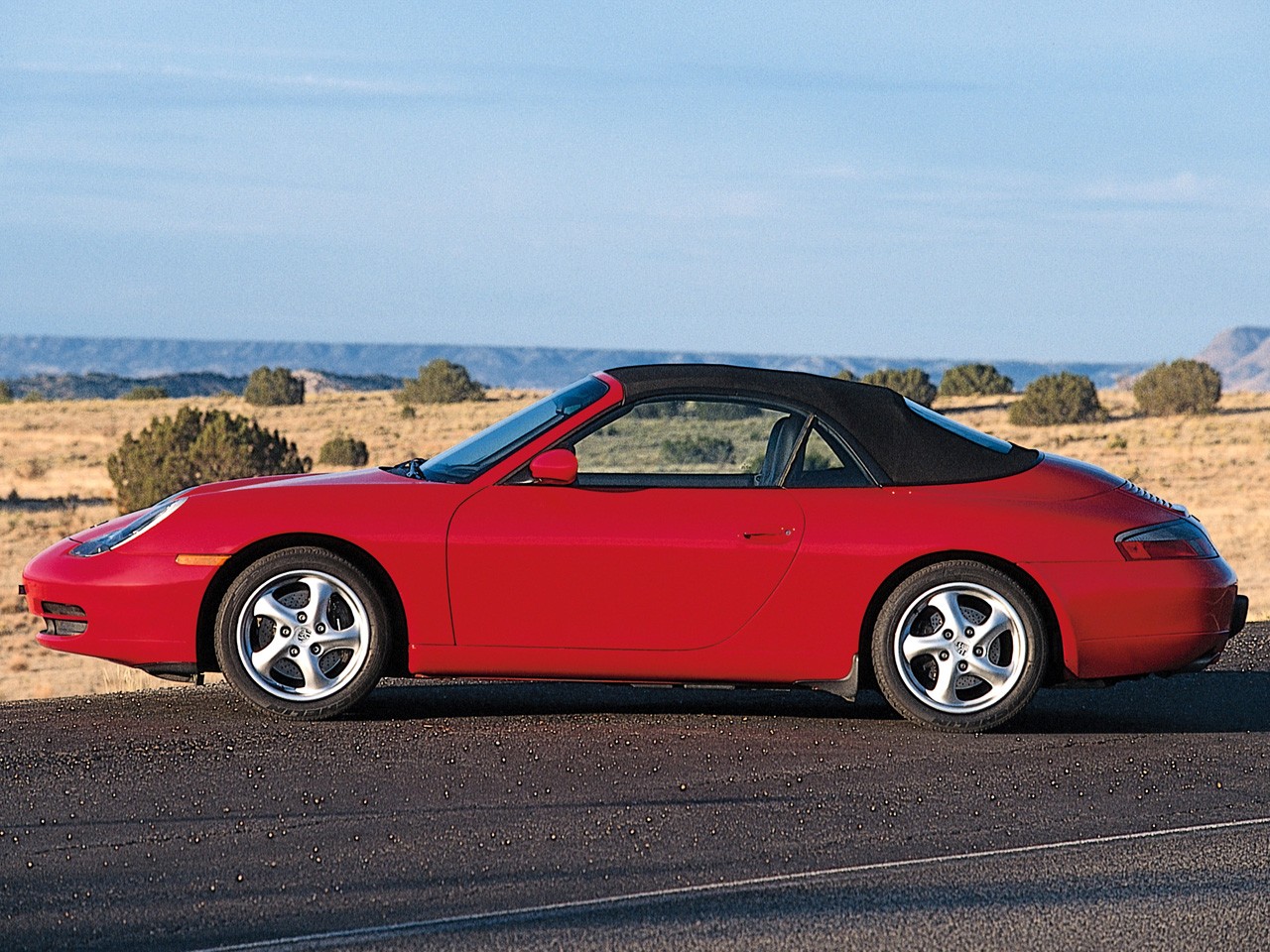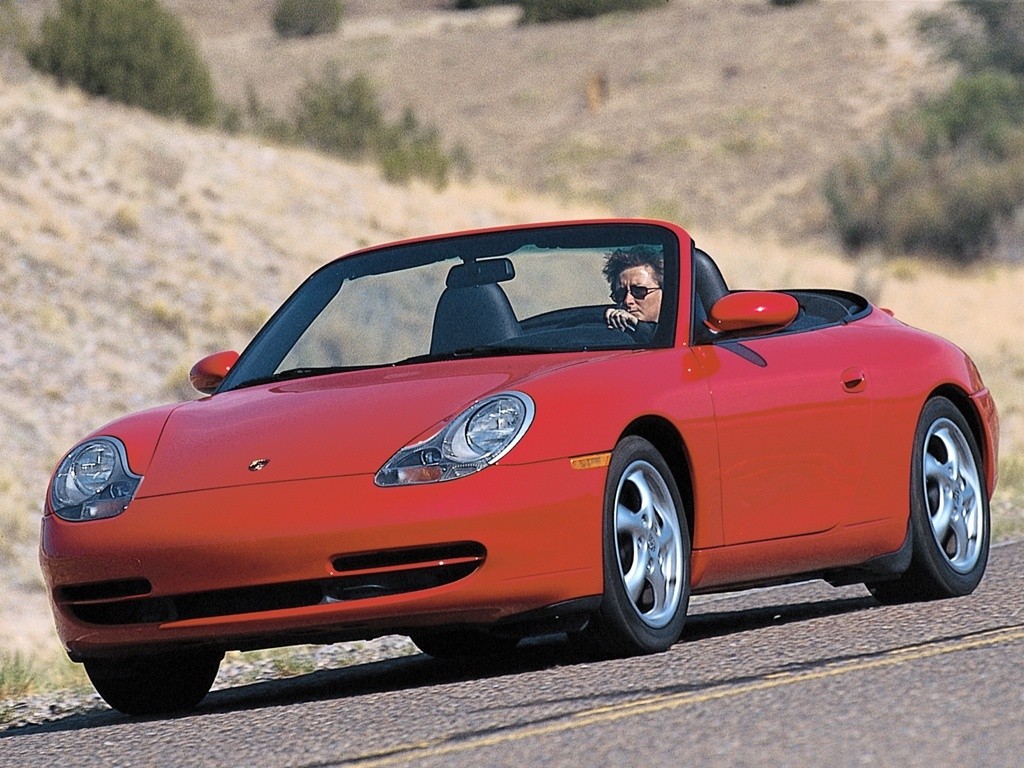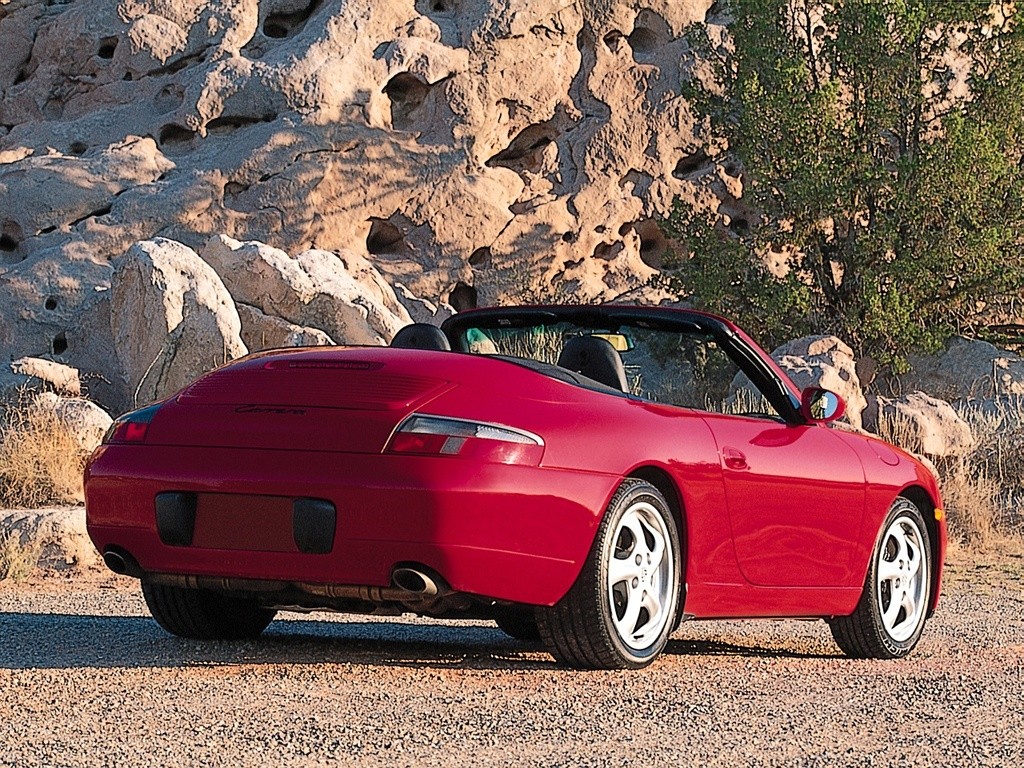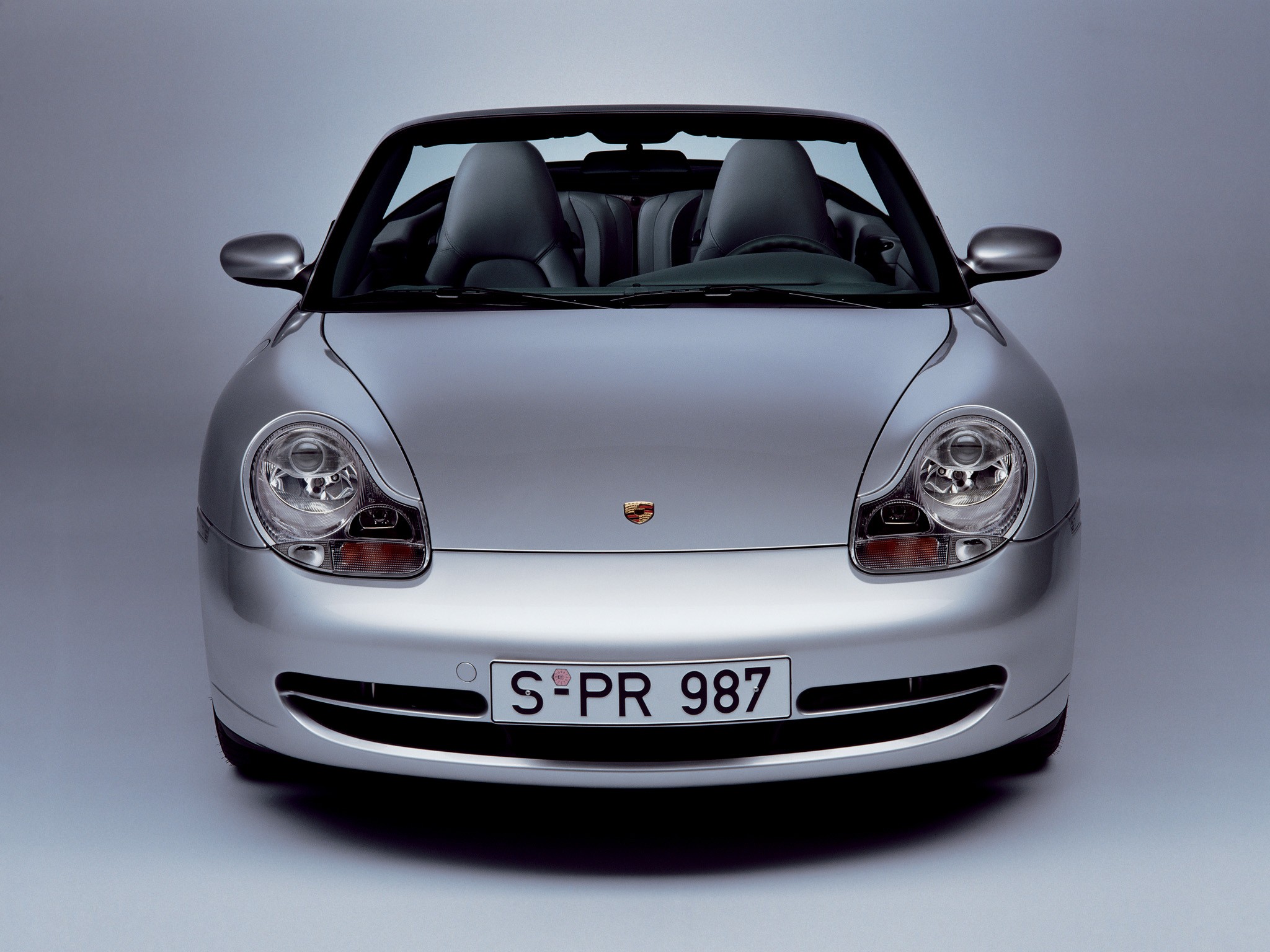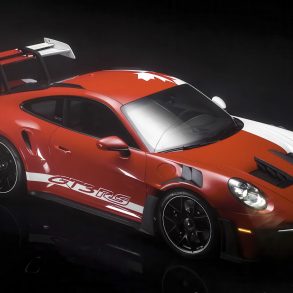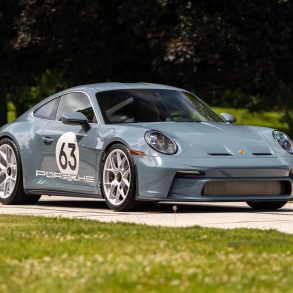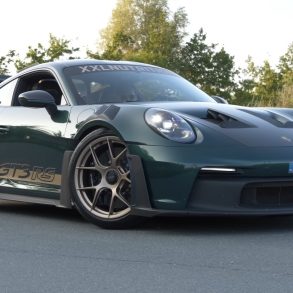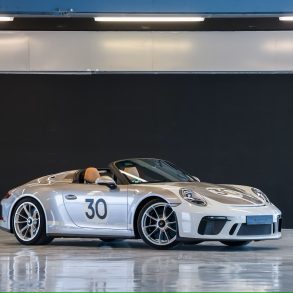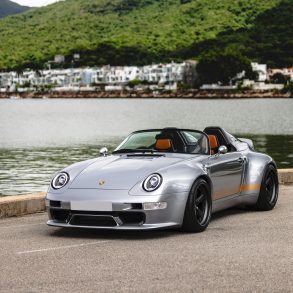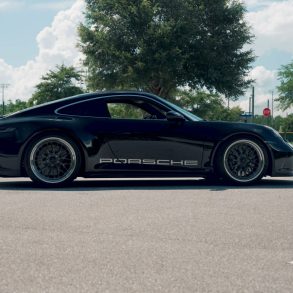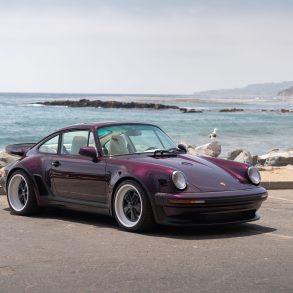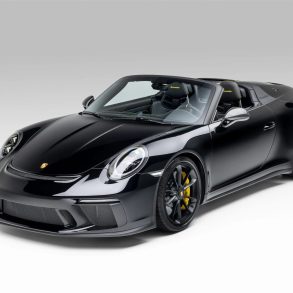(1998 – 2001) Porsche 911 Carrera Cabriolet (996) – Ultimate Guide
A year after we The 996 series 911 was a monumental update to the 911 story. The Carrera 2 Coupe was the first 996 model (followed which was Cabriolet introduced July 1998). The Type 996 introduced water-cooled engines and it also ushered in a new body design. The roof line with a windscreen which is around five degrees flatter gives the side view a more fluid look. Gone was the “classic” 911 design, the entire main body now much sleeker. From the outside, the big headlights were oddly shaped and that brought a lot of criticism from Porsche fans around the world. Turn-signals were now placed at the bottom of the headlights and from the side, the flush bodywork, without any enlargements for the wheel-arches, offered a clean looking profile.
Inside, the car was fitted as standard with a stereo and air-conditioning. Since it was the base model in the stable, it didn’t feature too many luxury items, but those were on the options list. The standard seats could have been upgraded to power-adjustable leather seats. It was the first Porsche 911 with a center stack. The 911 featured two seats in the back, but very cramped. Those were installed mainly for tax and insurance purposes.
Let’s talk engine for a minute. The flat six in the Carrera 996 was a newly-developed 3.4-litre flat-six engine that offered power of 296 bhp @ 6800 rpm and torque of 258 ft lbs @ 4600 rpm. This was the great step-change in the history of 911 engines as this generation was for the first time powered by a flat water-cooled engine. Thanks to four-valve technology it got a nice bump in power over the prior generation engines and was regarded as pioneering in its emission levels, noise and fuel consumption. It was mated as standard with a six-speed manual. A 5-speed automatic (Tiptronic) with manual override to shift gears was on the options list. As always, the Carrera 2 was rear-wheel-drive. Performance was impressive, with 0 to 60 mph taking just 5.2 seconds and top speed of 174 mph. The Carrera coupe also completed the quarter mile in just 13.3 seconds.
When the 996 replaced the 993, only the front suspension, rear multi-link suspension, and a 6-speed manual transmission were retained in revised form. The 996 had a drag coefficient of Cd=0.30 resulting from hours spent in the wind tunnel. The 996 is 185 mm (7 in) longer and 40 mm (2 in) wider than its predecessor. It is also 45% stiffer courtesy of a chassis formed from high-strength steel.
The most striking design feature was the front headlights with integrated indicators – at first controversial, then often copied by other manufacturers. Inside the car the driver was in a totally new interior. In addition to the typically sporty qualities, drive comfort now also played a greater role. The 911 Carrera was the lightest of all the 996s, with early manual cars weighing in around 2,900 pounds. It was 50 kg (110 lb) lighter despite having additional radiators and coolant than its 993 predecessor.
From the outside, the big headlights were oddly shaped and that brought a lot of criticism from Porsche fans around the world. The bumper featured a simple grille design, with one horizontal slat. From the side, the flush bodywork, without any enlargements for the wheel-arches, offered a clean look. The retractable roof was able to be stowed away in 20 seconds at speeds of up to 50 kph (31 mph), like the rest of the 911 convertible range. With the roof up, the car was tested in the wind tunnel at speeds of up to 338 kph (210 mph), which was higher than what Carrera 2 could reach.


